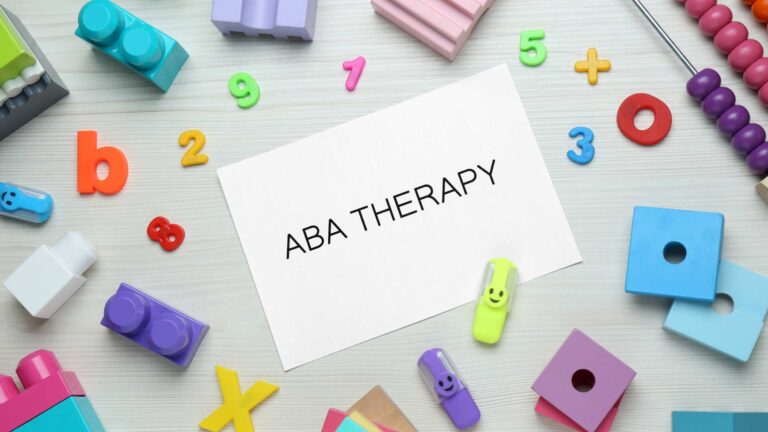Table of Contents
Why ABA therapy?
When your child is diagnosed with autism, one of the first things you may encounter is a wealth of information about various treatments and therapies. Among the most recommended options is Applied Behavior Analysis (ABA) therapy, a scientifically backed approach recognized by the American Psychological Association to help individuals with Autism Spectrum Disorder (ASD) develop essential life skills. However, like any therapy, ABA comes with its own set of ABA FAQs.
At ABA Centers of Rhode Island, we understand that starting ABA therapy can be overwhelming. Right now, you might be asking yourself, “Why ABA therapy?” To help you navigate this journey, we’ve compiled answers to some of the most frequently asked questions about ABA therapy.
Ten ABA FAQs
1. What Is ABA Therapy?
This inquiry is one of the most common ABA FAQs. ABA therapy is a structured approach that uses principles of learning and behavior to bring about meaningful changes in behavior. It involves breaking down complex skills into smaller, teachable components and reinforcing positive behaviors to increase their occurrence. The goal is to improve significant behaviors, such as communication, social skills, and daily living tasks.
2. How Can ABA Therapy Benefit My Child with Autism?

ABA therapy aims to meet each child’s unique needs, focusing on targeted behaviors and skills that contribute to a more independent and fulfilling life. For example, if a child struggles with communication, ABA therapy can help them learn to express their needs more effectively, whether through speech, sign language, or other communication methods.
3. Is ABA Therapy Only for Young Children?
While clinicians recommend early intervention, ABA therapy is effective for individuals of all ages. Whether your child is a toddler or a teenager, ABA can be customized to address their unique challenges and developmental stages.
4. What Does an ABA Session Look Like?
ABA sessions vary depending on the child’s needs but generally involve one-on-one interaction with a therapist. The session may include structured activities, play-based learning, and opportunities for the child to practice skills in a natural environment. The therapist collects data throughout the session to monitor progress and adjust the treatment plan as necessary.
5. Who Provides ABA Therapy?
Primarily Board Certified Behavior Analysts (BCBAs) and Registered Behavior Technicians (RBTs). BCBAs design and oversee the treatment plan, while RBTs implement it under the BCBA’s supervision. Both professionals work closely with families to ensure that therapy is effective and aligned with the child’s goals.
6. How Do I Know If My Child Is Making Progress?
The therapist measured the progress in ABA therapy through continuous data collection and analysis. BCBAs and therapists track your child’s performance during each session, using this data to make informed decisions about the treatment plan. Regular progress reviews ensure that the therapy is meeting your child’s needs and making the desired impact.
7. How Long Does ABA Therapy Last?
The duration of ABA therapy varies based on several factors, including the child’s needs, the goals of the treatment, and the intensity of the sessions. While some children may require a short-term, focused intervention, others may benefit from long-term support. Typically, ABA therapy involves multiple sessions per week, with each session lasting several hours. Typically, ABA therapy hours range between 20 and 40 a week for up to three years.
8. Is ABA Therapy Covered by Insurance?
ABA therapy is often covered by insurance, especially in many states, including Rhode Island, the state’s autism insurance laws, specifically H 5275 Sub A (2011) and H 7165 Sub A (2012). These laws mandate coverage for services such as ABA, along with pharmaceuticals, physical therapy, speech therapy, and various psychological and occupational therapies. However, there are restrictions: coverage for ABA is capped at $32,000 per year and is only available to individuals with autism under the age of 15.

9. Can ABA Therapy Be Done at Home?
Yes, therapists can conduct therapy sessions in various settings, including at home, in schools, or the community. Many families choose in-home therapy because it allows the child to learn skills in a familiar environment and allows parents to be actively involved in the therapy process.
10. How Do I Get Started with ABA Therapy?
To begin ABA therapy, you will typically need a referral from a healthcare provider or a diagnosis of autism. From there, the next step is to contact an ABA provider, such as ABA Centers of Rhode Island, to schedule an initial assessment. This assessment will help determine the best course of action for your child’s therapy.
Start Your Journey with ABA Centers of Rhode Island
Understanding these ABA faqs is the first step toward making informed decisions about your child’s care. At ABA Centers of Rhode Island, we provide personalized and effective ABA therapy that helps children with autism reach their full potential.
If you have more questions about ABA or are ready to start therapy, fill out this form or call us at (855) 922-4184 to learn more about how we can support your family.








